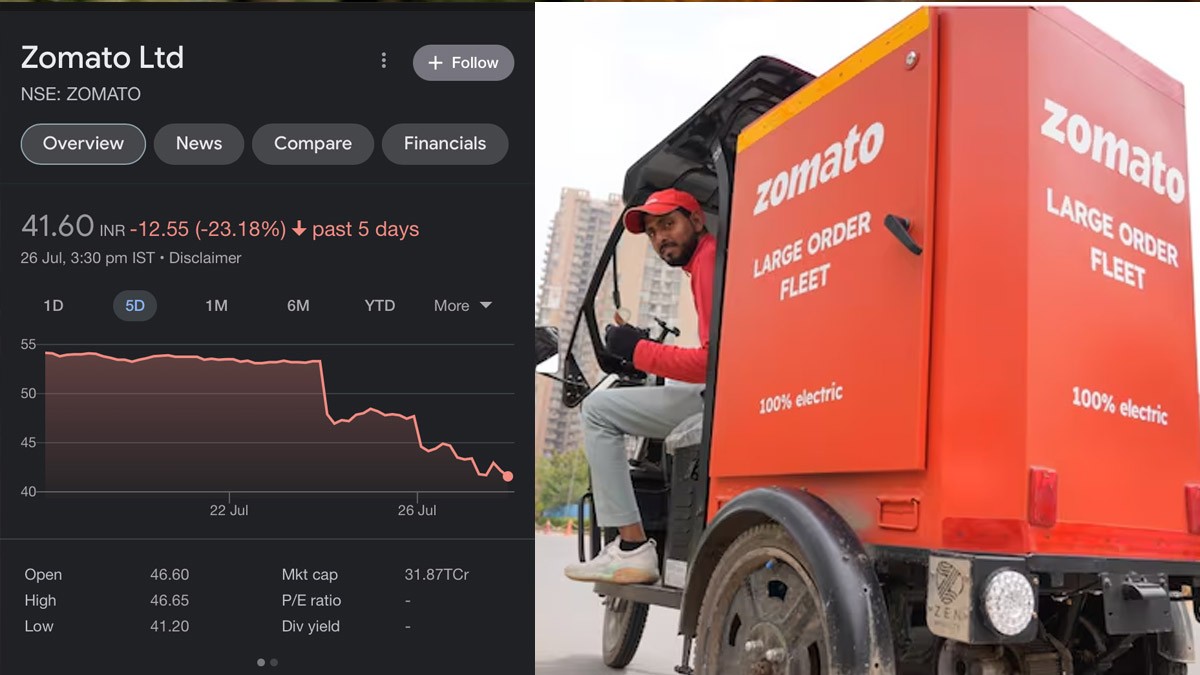
Zomato's stock fell by 7% following its Q3 results, with factors like costly Blinkit expansion, sluggish Gross Order Value growth, and rising employee costs contributing to the decline. Discover the reasons behind the drop and Zomato's strategy to improve profitability.
Zomato's stock experienced a steep 7% decline on January 20, 2025, following the release of its Q3 results. Several critical factors contributed to this downturn:
Expensive Expansion Plans: Zomato reported a sharp 57% drop in third-quarter profit, largely due to increased spending on expanding its Blinkit quick commerce platform. The costs associated with opening new fulfillment centers significantly impacted the company's overall profitability.
Growth Slowdown: The company witnessed only a 2% sequential increase in Gross Order Value (GOV) in its food delivery business. Zomato attributed this sluggish growth to a broad-based demand slowdown that began in the latter half of November.
Rising Employee Costs: Zomato faced an increase in employee costs due to higher headcount and expenses related to retaining and acquiring talent. This trend is expected to continue, putting further pressure on the company's profitability.
Despite these challenges, Zomato remains hopeful about its long-term growth prospects and is taking steps to address the issues affecting its financial performance. The company's strategic investments and expansion efforts aim to drive future growth, but investors are keeping a close watch on its ability to improve profitability and manage costs.
